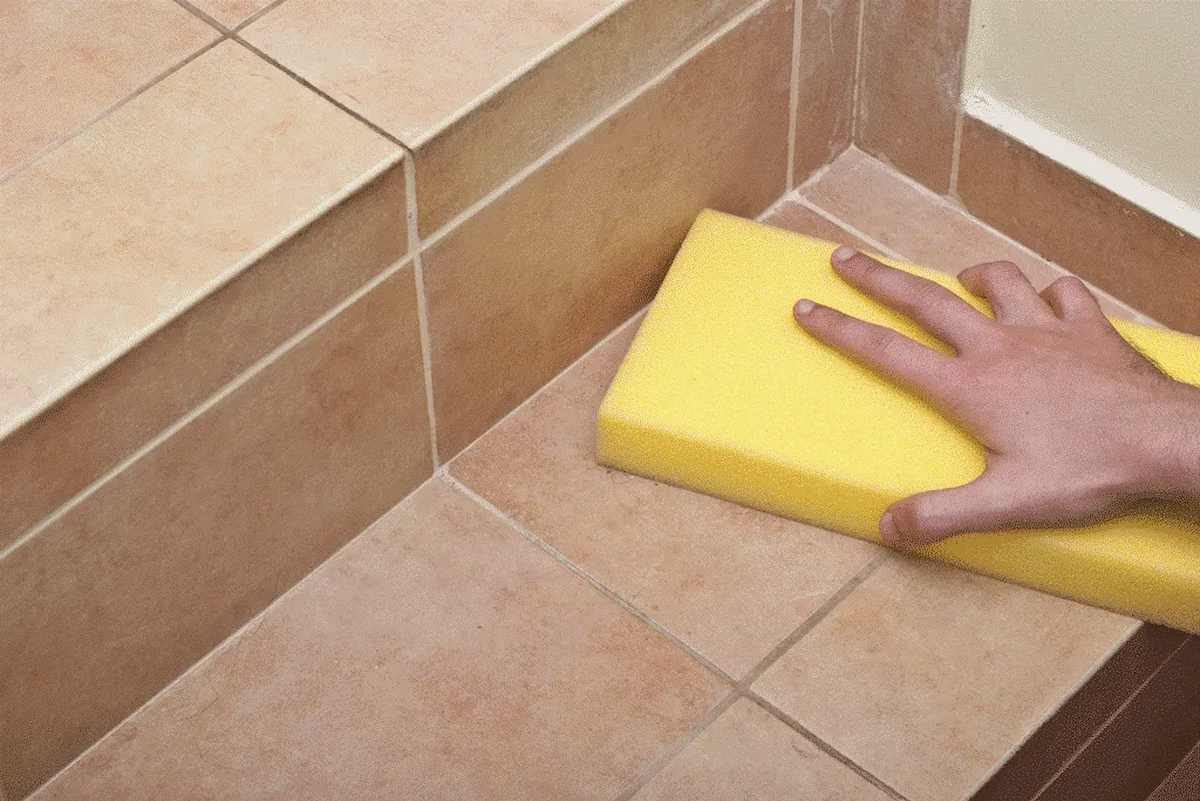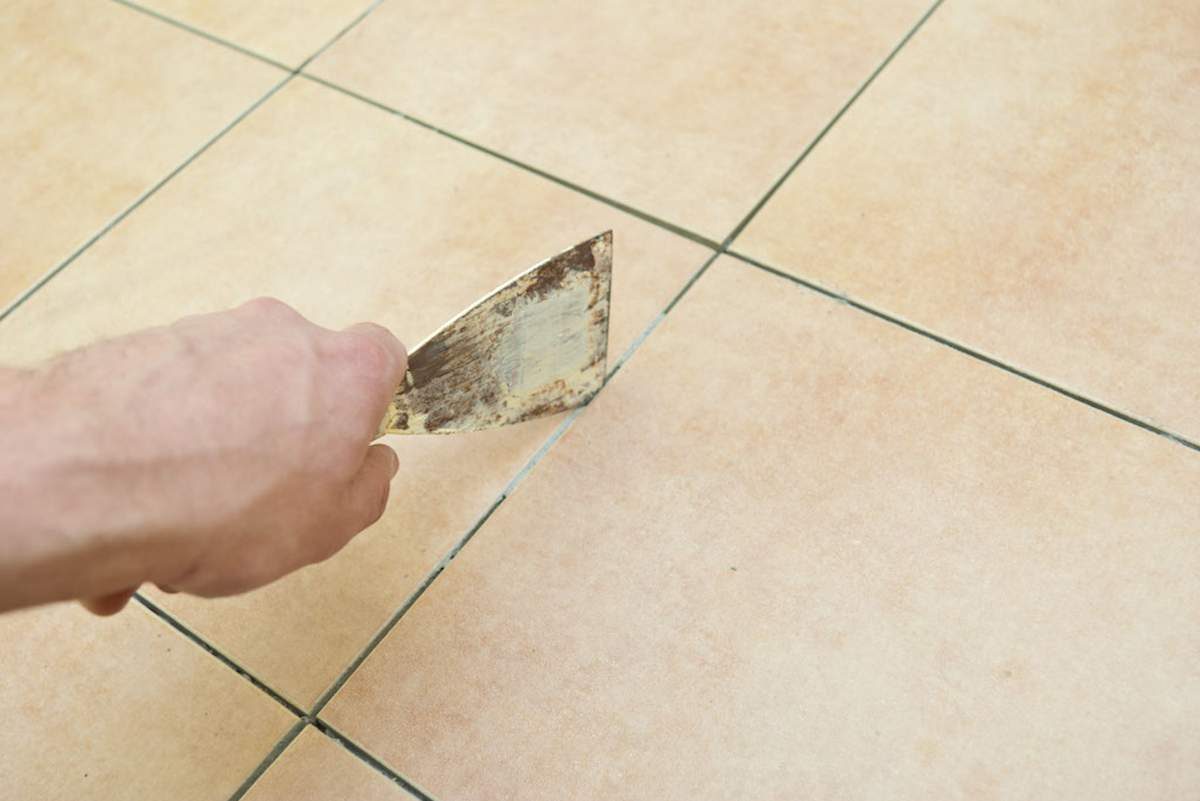Renovations to a home are almost usually tasks that enable the homeowner to make the house into the home they have always dreamed of having.
However, during the course of the process, many people, unfortunately, forget essential details. These specifics can help to decide how long the adjustments that were performed will last.
One of these elements is known as grout. Here we want to talk about what and how to choose the best grout for ceramic tiles.
When renovating their kitchen or bathroom, a lot of homeowners put their attention on finding the perfect tiles but often neglect to pay attention to this other essential aspect of the project. Please do not wait for it to become a problem for you in the future because selecting the appropriate grout can result in an environment that is cleaner and healthier. Renovating either your kitchen or bathroom into something more modern will also help your home’s resale value.
- What specifically is grout?
Any ceramic tiles, whether they are for the walls or the floors, absolutely require grout in order to be installed properly.
Filling the space between tiles with this cement-based bonding material is one of its primary functions.

The term “joint” refers to this space between the two pieces. There are a few different reasons why it is necessary to seal these joints. The grout contributes to the protection against stains and discoloration of the surface.
In addition to this, it makes it much simpler to clean while simultaneously increasing the tiles’ longevity.
The longevity can be increased by using grout, which helps to keep the tiles in place. Because the edges are fastened to one another, even if a tile cracks, it won’t quickly shift from its position. In addition, this helps prevent the edges from becoming chipped. The final point is that tiles in the home are much more comfortable to live with when they are grouted.
Imagine for a second that you have to walk barefoot on a tile floor that does not have any grout between the tiles; this would not be a pleasant experience due to the uneven surface. In addition to that, it would create a tripping danger. Grout, however, is here to help fix all of these problems.
- Different Varieties of Grout Used for Ceramic Tiles
The fact that not all grout is created in the same manner will come as a surprise to some individuals. There is a diverse selection of different materials of grout, each of which is optimally suited for a certain kind of material. There are four primary types of grout that are typically utilized while installing ceramic tiles.
Grout That Has Not Been Sanded Unsanded grout is ideal for usage with wall tiles. In these situations, the space, also known as a “joint,” between the tiles is far smaller than one-eighth of an inch.

Therefore, it should be utilized for closely laid tiles. It is also quite easy to clean, which is another reason why so many people choose to use it in their homes.
Sanded Grout: Unlike unsanded grout, this type of grout is designed specifically for use with floor tiles. Because the sand imparts strength to the grout, it is an excellent choice for joints that are larger and tiles that are spaced further apart.
Use grout that has been finely sanded for tile floors with joints measuring between one-eightieth of an inch and three-eightieths of an inch.
Quarry-type Grout: Quarry-type grout is very comparable to the variety that is made with fine sanding. However, the grain of sand is a little bit larger.
Because of this, it works better on larger joints. It works very well for joints that are no wider than half an inch. Because of this, it is frequently used with traditional Saltillo tiles.
Epoxy grout: Epoxy grout consists of a resin and a hardener that are mixed together. This particular type of grout has a number of advantages, one of which is its resistance to chemical substances as well as stains. In addition to that, it has excellent bonding abilities.
Because of this, it is an excellent material to use for countertops and other areas that are subject to a great deal of wear and strain.

- How to Determine Which Type of Grout to Use for Your Ceramic Tiling Project
When deciding the kind of grout to use for your home improvement project, there are a few important considerations you need to pay attention to.
The essential point to bear is that the grout sand’s coarseness should coincide with the width of the joint. In other words, the coarser the sand should be, the wider the junction should be. Because the sand prevents the grout from expanding, the tiles are protected from cracking as a result.
Because the normal joint for wall tiles is narrower than that of floor tiles, you should never try to take a shortcut by attempting to use the same grout for both the floor and the walls of your home. It is highly likely that, in the long run, it will result in an increased number of problems.
When selecting a grout, you shouldn’t base your decision on the colors available. Homeowners will almost always want to select a grout color that is complementary to the tiles, but this should be the very last thing homeowners think about.
The majority of grouts used for ceramic tiles are available in a wide variety of colors, which is done so to cater to the preferences of the consumer. Therefore, your primary concern should be selecting the optimal option; after that, the color of the grout may be chosen with relative ease.
Having a conversation with an expert is the most effective technique for selecting the type of grout that should be used.
You won’t have any trouble getting guidance from the tile wholesalers in your area, where you can also view the many alternatives.
When tiles are present, having grout is essential for maintaining a clean and healthy environment.
When selecting the grout, the same amount of time, work, and care that goes into selecting the proper tiles should also be put into it. Therefore, do not be reluctant to inquire about things at the tile store in your area.












Your comment submitted.